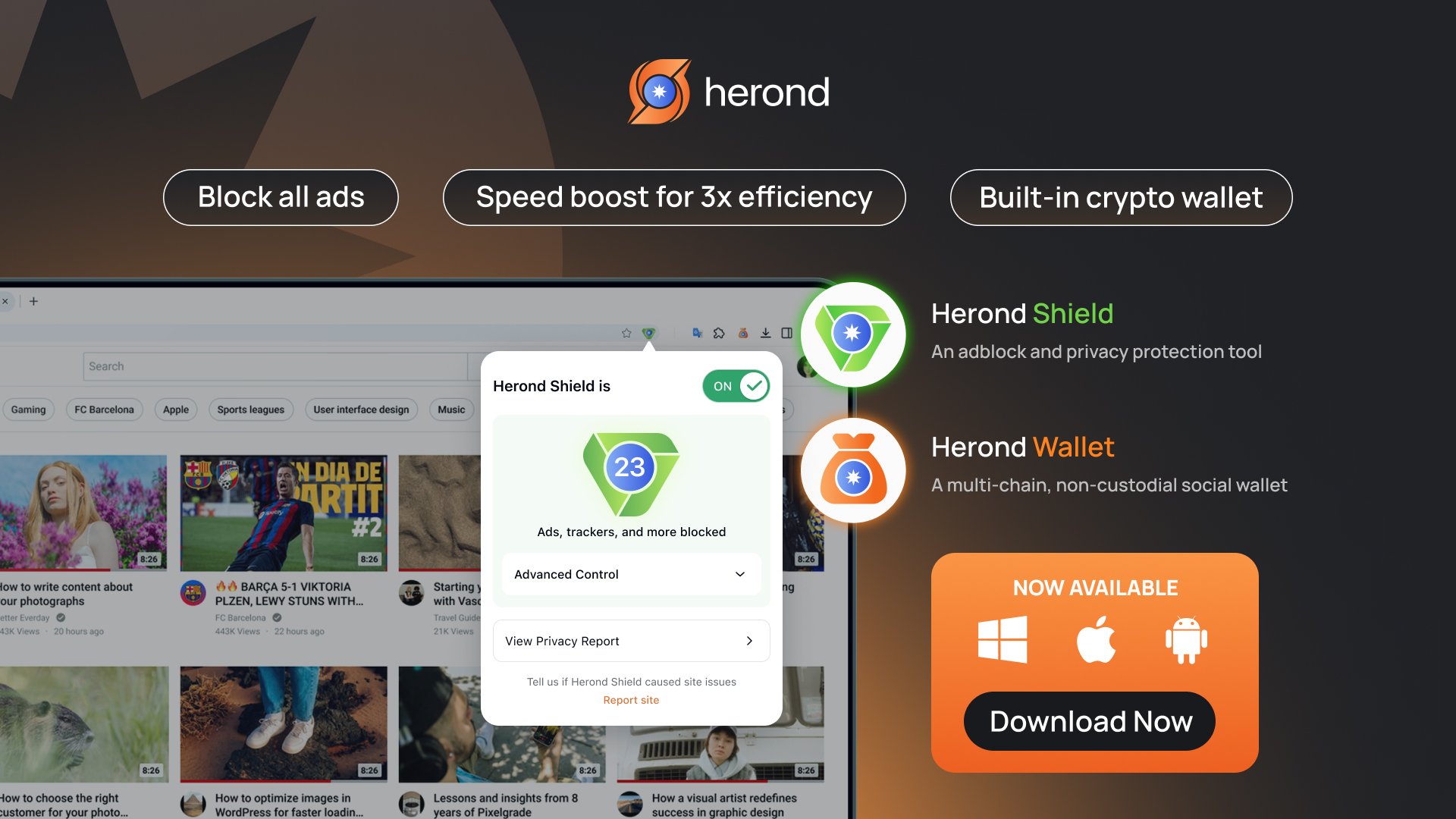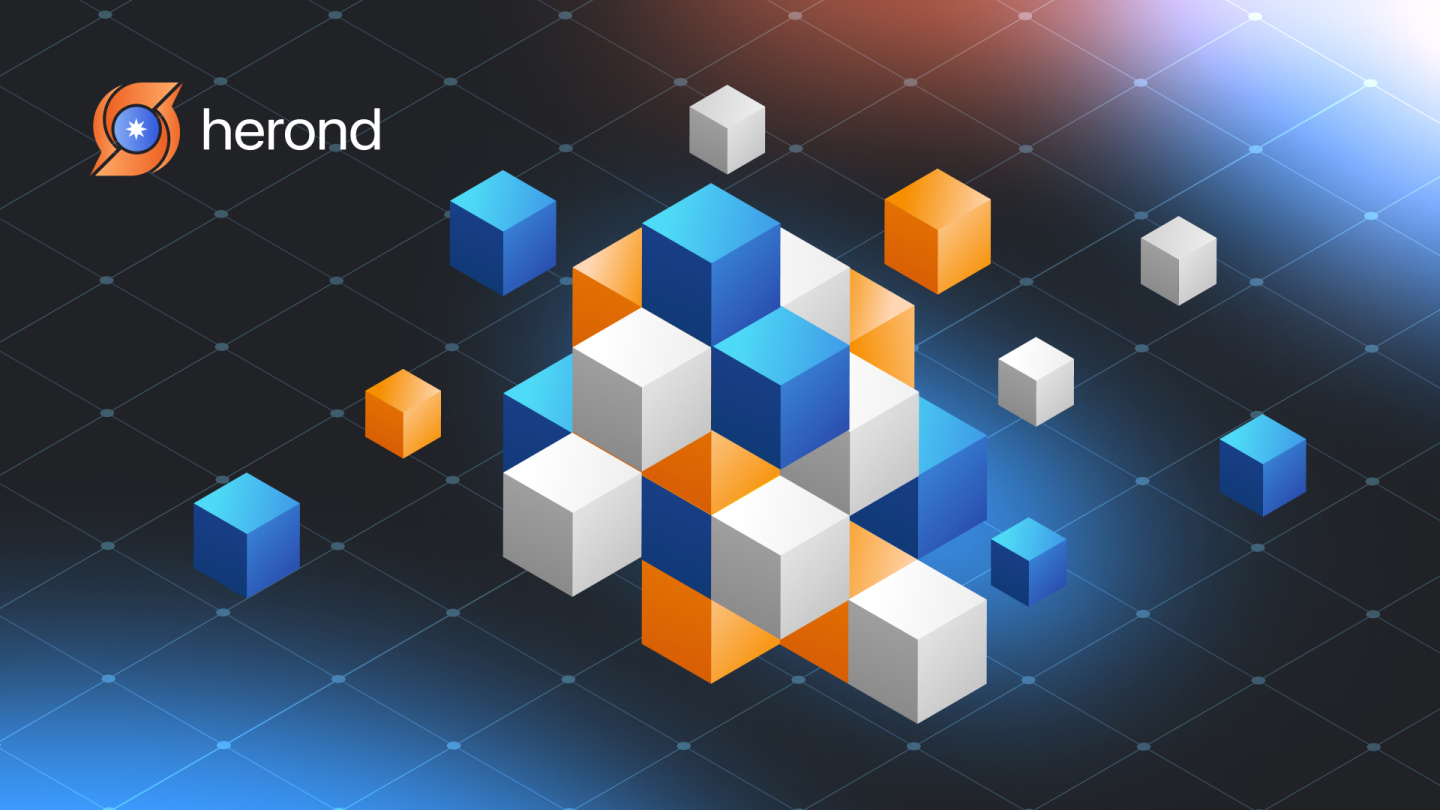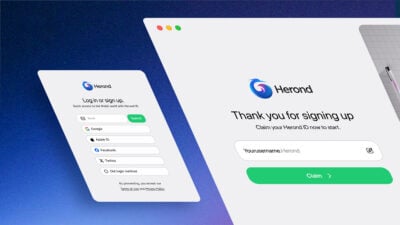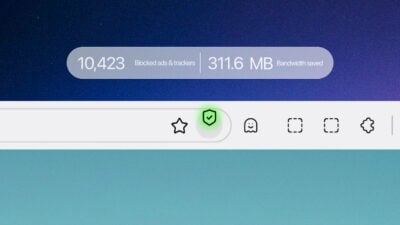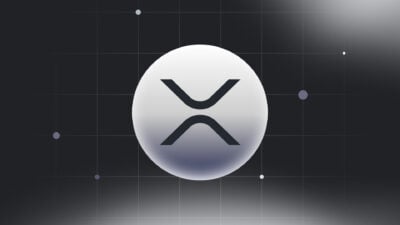With the rise of blockchain technology, transparency and traceability have become defining features of the digital landscape. But how can you actually see what’s happening within a blockchain network? Enter the blockchain explorer – an essential tool for anyone looking to dive deeper into the inner workings of blockchain. In this article, we’ll explore “what is a blockchain explorer” and how it works. Moreover, it also denotes the ways you can use it to check transaction histories, monitor wallet activities, and gain insights into the latest blocks and data on the blockchain. Whether you’re a casual crypto enthusiast or a seasoned blockchain developer, understanding how to navigate a blockchain explorer can provide valuable insights and help you make informed decisions in the crypto world.

What is a Blockchain Explorer?
A blockchain explorer is an online tool that allows users to view and search through all transactions, blocks, and addresses on a blockchain network. Essentially, it acts as a search engine and public ledger for a blockchain, giving anyone the ability to check the status of a transaction, view block details, examine wallet balances, and explore transaction histories. Blockchain explorers are essential for transparency and trust in blockchain networks, as they allow users to independently verify activity on the blockchain.
How Does a Blockchain Explorer Work?

A blockchain explorer connects to a specific blockchain network and retrieves the latest data on blocks, transactions, and addresses. The data displayed on a blockchain explorer comes from the blockchain’s distributed ledger, which is continually updated and verified by nodes on the network. Following is how a blockchain explorer works:
- Accessing Block and Transaction Data: A blockchain explorer pulls data from the blockchain, including details about each block and the transactions within it. For example, when you search for a specific transaction ID, the explorer shows the sender and receiver addresses, transaction amount, fees, and timestamp.
- Displaying Wallet Balances and History: Blockchain explorers let users input a wallet address to view its current balance and transaction history. This feature is valuable for verifying transactions and checking account balances on public blockchains, where data is transparent and accessible to everyone.
- Tracking Real-Time Activity: Many blockchain explorers offer real-time updates, allowing users to see the latest blocks being mined and transactions being processed. This real-time tracking is especially useful for monitoring the health and activity of a blockchain network.
- Exploring Smart Contracts and Token Activity: On blockchains that support smart contracts (like Ethereum), blockchain explorers can display smart contract addresses and the details of token transactions. This makes it easy for users to track activity in decentralized applications (DApps) and examine token transfers.
Key Features of Blockchain Explorers
Blockchain explorers come with a variety of features that allow users to dive deep into blockchain data:
- Transaction Search: Users can search for specific transactions by entering a transaction hash or ID. Then, allowing them to confirm if a transaction has been completed, is pending, or has failed.
- Block Explorer: Blockchain explorers provide detailed information on each block, including block height, timestamp, transaction count, miner information, and block reward.
- Wallet Address Lookup: By entering a wallet address, users can view the address’s balance, transaction history, and other relevant details.
- Smart Contract and Token Tracking: Explorers on blockchains like Ethereum allow users to view smart contract interactions, token transfers, and related data for decentralized applications.
- Network Stats: Many blockchain explorers show real-time statistics about the network, such as block height, difficulty level, hash rate, and transaction volume.
Popular Blockchain Explorers

Different blockchain networks have their own dedicated explorers. Some of the most popular blockchain explorers include:
- Blockchain.com Explorer: A widely used explorer for Bitcoin and other major cryptocurrencies. It allows users to search Bitcoin blocks, transactions, and addresses.
- Etherscan: The go-to explorer for the Ethereum blockchain. Etherscan provides detailed insights into Ethereum transactions, blocks, wallet balances, smart contracts, and tokens.
- BscScan: A popular explorer for the Binance Smart Chain. It is similar to Etherscan, with tools to view transactions, token data, and smart contracts on BSC.
- Solscan: A blockchain explorer for the Solana network, designed for users to explore transactions, blocks, and token transfers on Solana.
Why Are Blockchain Explorers Important?
Blockchain explorers serve several essential purposes:
- Transparency: Blockchain explorers enable transparency by allowing anyone to view and verify transaction data and network activity.
- Accountability: With blockchain explorers, users can independently verify their own transactions, reducing the reliance on third-party confirmations.
- Network Health Monitoring: By providing real-time data on block creation, hash rate, and transaction volumes, explorers help users gauge the health and security of the blockchain.
- Education and Research: Blockchain explorers are valuable educational tools. Therefore, it allows users to learn more about how blockchain networks function by exploring their structure and transaction history.
Using Blockchain Explorers Safely
While blockchain explorers are highly informative, it is important to use them safely and understand that they are primarily for viewing and verifying data. Users should:
- Be Careful with Personal Information: Blockchain explorers display public data only. They do not show private information unless explicitly shared by the user.
- Avoid Phishing Sites: Only use official blockchain explorers, as scammers may create fake versions to trick users into entering sensitive data.
- Verify Information Independently: While blockchain explorers provide accurate information, always double-check important details before making any financial decisions.
Conclusion
A blockchain explorer is an invaluable tool for anyone interested in the transparency, security, and activity of a blockchain network. Whether you are verifying a transaction, checking a wallet balance, or exploring smart contract interactions, blockchain explorers give you the power to dive into the details of blockchain data. By providing easy access to decentralized information, blockchain explorers enhance the trust and accessibility that underpin blockchain technology. Consequently, they become essential tools in the world of cryptocurrency and DeFi.
About Herond Browser
Herond Browser is a Web browser that prioritizes users’ privacy by blocking ads and cookie trackers, while offering fast browsing speed and low bandwidth consumption. Herond Browser features two built-in key products:
- Herond Shield: an adblock and privacy protection tool;
- Herond Wallet: a multi-chain, non-custodial social wallet.
Herond aims at becoming the ultimate Web 3.0 solution, heading towards the future of mass adoption. Herond has now released the mobile version on CH Play and App Store. Join our Community!
